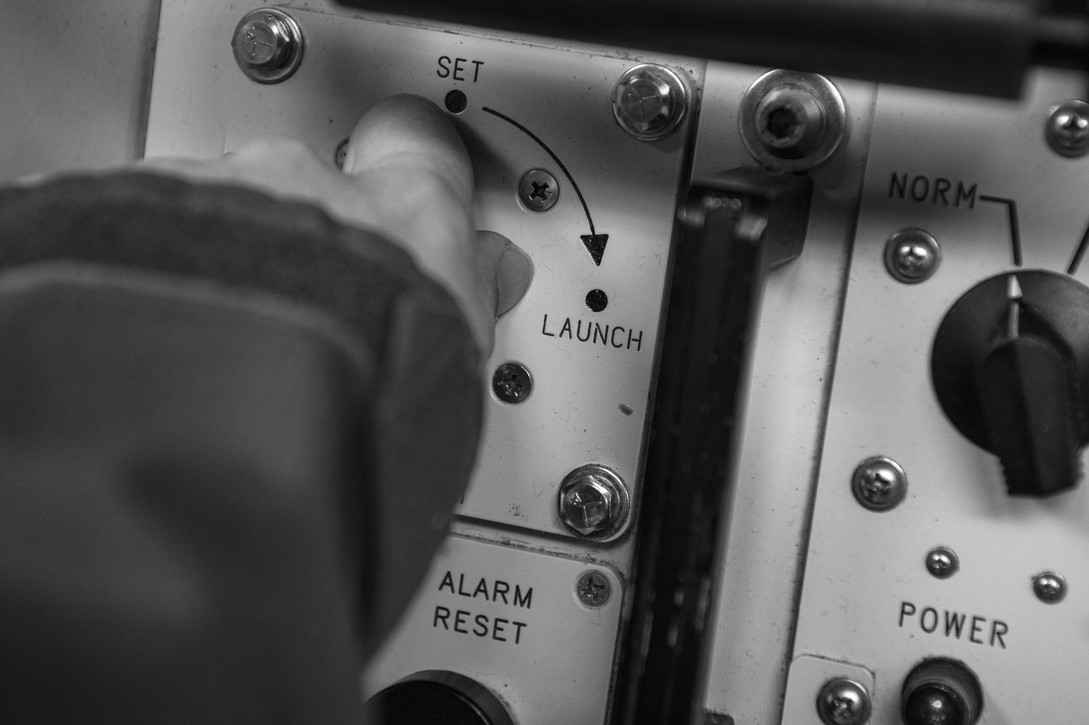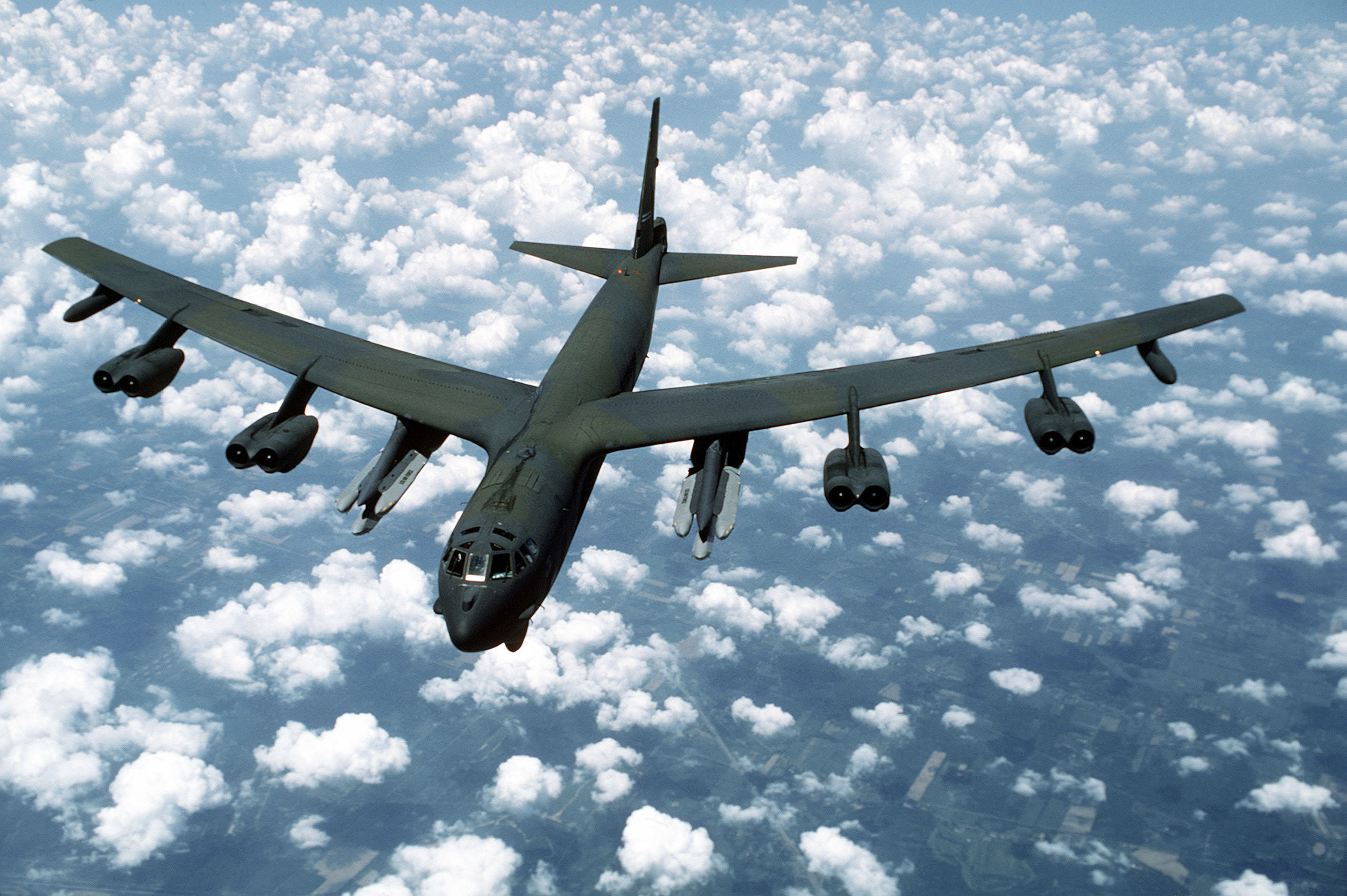
A treasure trove of formerly classified materials on nuclear launch procedures in the 1960s and 1970s were published by National Security Archive on 3/13/19: How the Strategic Air Command Would Go to Nuclear War.
I will mention a variety of tidbits I found particularly interesting. If you enjoy this post, you will definitely want to read the full article.
You may see a lot of material you haven’t seen in print before.
Just to be clear, every comment in this post from this point forward is based on specific comments made in the linked article.
Article has extensive discussion on the increasing readiness of bomber and missile forces. Preparedness at levels DEFCON 5 through 1 are described.
Article also describes some of the various Postures, with explanation of what aircrews, maintainers, and missile crews would have been doing at different levels of readiness. Postures are described as immediate efforts to get bombers and missiles launched.
Goals for defensive launches of bombers and tankers started with getting 30% of those on ground alert into the air within 30 minutes of notification. Later this was increased to 50% of the alert bombers and tankers. The time was reduced to 15 minutes when large numbers of Soviet SLBMs went on alert.
According to the article, recently declassified memo describes the “Red Dot” messages from the 1960s. They included:
- Red Dot 1 – positive control launch of all Alpha force airplanes (those bombers and tankers sitting on ground alert).
- Red Dot 2 – launch of the Charlie force aircraft. These are the aircraft generated during increased DEFCON which were not originally on ground alert.
- Red Dot 3 – The reserve bombers and tankers not in the Alpha force (ground alert) or Charlie force (next aircraft to generate to alert) were in the Foxtrot force. Those are essentially reserve aircraft for retaliation missions. The Red Dot 3 message would launch Alpha, Charlie, and Foxtrot aircraft.
- Red Dot 4 – this message would release bombers to attack their targets and order the launch of ICBMs.
- Red Dot 5 and 6 – Messages are not explained.
- Red Dot 7 – Article speculates this was a termination order.
One comment is that sometime, probably 1970, Red Dot 1 was changed to a launch order, directing bombers to attack the targets and directing launch of ICBMs. I think this is the first time the phrase Single Integrated Operational Plan (SIOP) is used in the article.

Article says that sometime in the 1970s or 1980s the Red Dot emergency action orders (EAMs) were replaced by other messages ordering Major Attack Options (MAO) or Select Attack Options (SAOs).
Article describes purpose of the Execution Reference Time (ERT) as a common reference point for coordinating all attacks. Article also describes Free Launch Schedule (FLSS) which article also says the miscalculation of which was one of the common critical errors during evaluations.
Article speculates how various launch strategies might have been used.
Blue Dot messages would have been used to direct attacks against China. Those would have excluded ICBM forces since their flight path to China would require overflight of Russia. Article says thought process was lots of missiles flying from the northern tier of the United States across Russia to reach China might have led the Soviet Union to launch even though they weren’t subject of the attack.
At some point transmission of messages went from clear text verbal over unsecured lines to encoded messages. The problem was the Soviets had access to those voice systems and most likely would have heard the Red Dot 1 or Red Dot 4 message simultaneous with it being copied down by alert forces. Not a good concept.
Article mentions two times when the launch procedures were compromised. Once by a traitorous spy working for the Soviet Union somewhere in the late 60s and the second time by a traitorous SAC officer somewhere in the early 1980s.